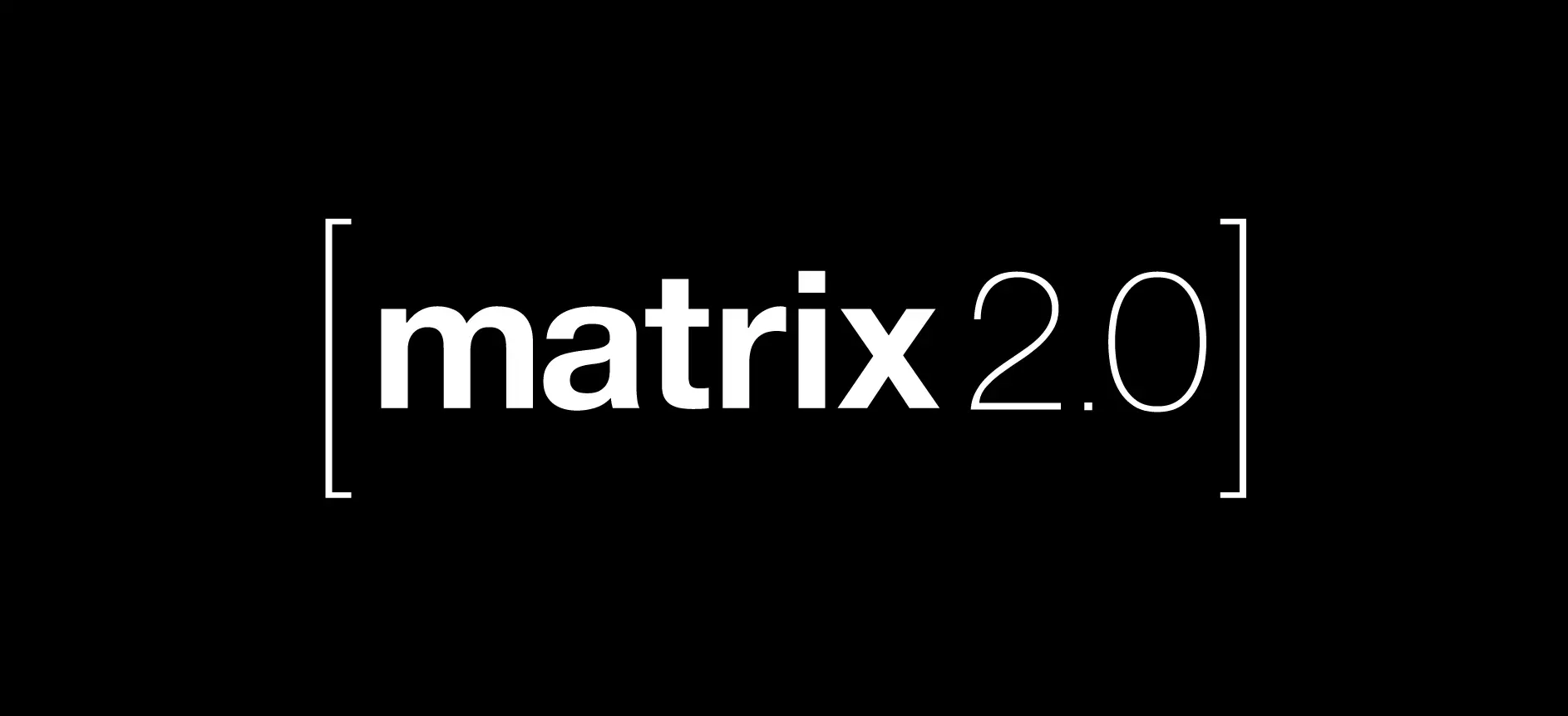- cross-posted to:
- matrix@lemmy.ml
- technology@beehaw.org
- cross-posted to:
- matrix@lemmy.ml
- technology@beehaw.org
Back at FOSDEM we announced the idea of Matrix 2.0 - a series of huge step changes in terms of Matrix’s usability and performance, made up of Sliding Sync (instant login/launch/sync), Native OIDC(industry-standard authentication), Native Group VoIP (end-to-end encrypted large-scale voice & video conferencing) and Faster Joins (lazy-loading room state when your server joins a room).
Now, we’re excited to announce that as of today everyone can start playing with these Matrix 2.0 features. There’s still some work to bring them formally into the specification, but we’re putting it out there for folks to experience right now. Developers: watch this space for updates on the spec front.
Practically speaking, this means there are now implementations of the four pillars of Matrix 2.0 available today which you can use to power a daily-driver Matrix 2.0 client. The work here has been driven primarily by Element, using their new Element X client as the test-bed for the new Matrix 2.0 functionality and to prove that the new APIs are informed by real-world usage and can concretely demonstrably create an app which begins to outperform iMessage, WhatsApp and Telegram in terms of usability and performance… all while benefiting from being 100% built on Matrix.



I don’t get how this works in relation with Element X. Surely, installing and using Element X is not sufficient to use Matrix 2.0 protocols is it? I mean, it must depends on the room version and the like, right?
Element X implements most of the client side stuff mentioned above, but it doesn’t depend on a specific room version: instead, your homeserver must implement/run an additional service (a “sliding sync” proxy, a special binary written in Go that is deployed alongside Synapse) and then advertise that service’s existence.
If it does the latter, Element X will know where to connect and will function.
Note that this is only temporary so that people can make use of Sync V3 before it officially lands in Synapse. And it, technically, isn’t synapse exclusive either, as it’s its own thing.
OK, it’s clearer now, thanks for the explanation!
It depends on your server and whether they’ve/you’ve enabled SlideSync.